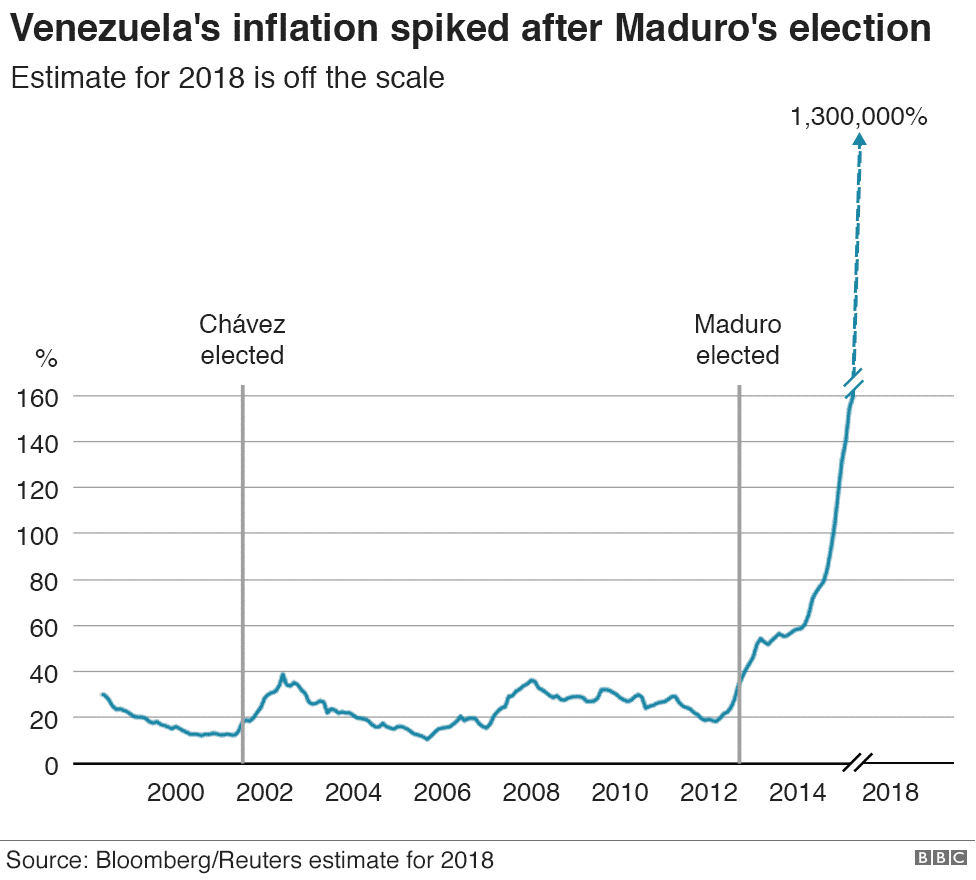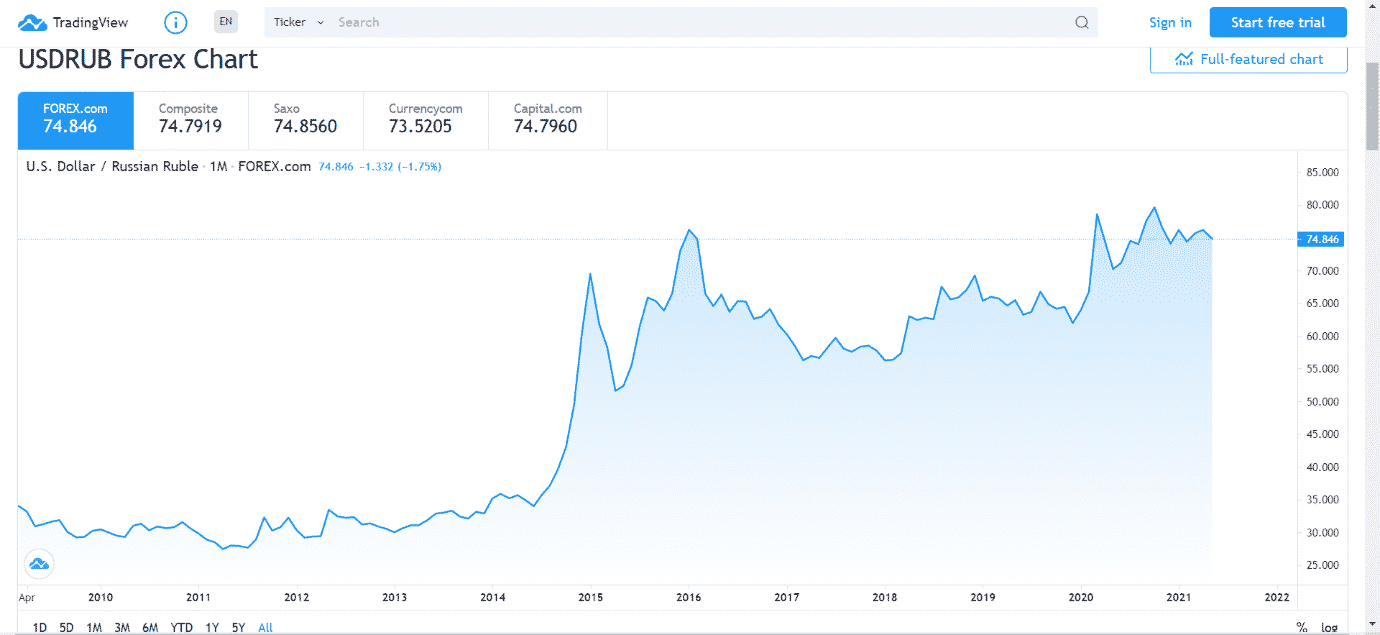Most people who trade forex pairs have been falsely led to believe that the only kind of analysis necessary for the forex market is technical analysis. Nothing can be farther from the truth as fundamental factors move foreign exchange rates for technical reasons. Thus, no successful trader can overlook the importance of forex fundamental analysis for making informed trading decisions.
In this article, we will discuss fundamental forex analysis in detail. We will also look at the factors that traders need to study for analyzing the relative strength or weakness of one currency against another.
What is fundamental forex analysis?
Fundamental forex analysis looks at the essential factors that affect a currency’s exchange rate to identify the intrinsic value. At the same time, technical analysis is mainly concerned with analyzing charts to identify past or emerging patterns. On the other hand, fundamental forex analysis involves poring over economic reports that may contain helpful information about the relative strength of an economy. For example, information collected via such analysis may allow a trader to decipher whether the demand for a country’s currency will increase or decrease over time.
Countries, unlike companies, do not have balance sheets that traders can analyze quickly. Thus, fundamental forex analysis is quite different from the basic approach for stocks, bonds, or other similar financial instruments.
Moreover, the value of a country’s currency can be influenced by GDP growth rate, the interest rate set by the central bank, inflation, unemployment, social, political, geopolitical, and other events.
Now let us look at each of the factors that one needs to study for discovering the fundamentals of a currency or currency pair.
Factors that cause fluctuations in the forex market
GDP growth rate
GDP growth rate is one of the primary metrics to look for when conducting fundamental forex analysis. It tells you about how the overall economy of a country is performing. A high GDP growth rate with inflation under control can make a country’s currency attractive to traders and investors alike. Economists have found a positive correlation between the value of a country’s currency and its GDP growth rate.
Inflation rate
Inflation affects currencies in different ways, and any currency loses its value over time due to inflation. Inflation means that goods or services have become x, y, or z% more expensive than compared to last year or in other words, you will now need to spend x, y, or z% more money to buy the same amount of things. A high inflation rate can spell the death knell for any currency as a high inflation rate is often associated with unstable economies that cannot keep prices in control.
Extraordinarily high inflation is known as hyperinflation and can range anywhere from 100% to 100,000% or more a year. Germany after the First World War, Zimbabwe in the 2000s both suffered from hyperinflation. It eroded the value of their currencies to such an extent that both countries were forced to issue banknotes denominated in billions and trillions.
Venezuela is the most recent example of hyperinflation and is a cautionary tale for governments that let inflation out of control as if left unchecked; inflation can wreak havoc on a currency. Venezuela, like many other Latin American countries, has faced abnormally high inflation rates over the years, as one can see from the image below:

As one can see from the above graph, inflation has remained in double digits in Venezuela for more than the last two decades and has crossed the 1 million % mark in 2018. Things became so bad that the government eventually defaulted on its debt and was forced to issue a new currency.
Trade balance
The trade balance is another critical factor to investigate when doing a fundamental forex analysis. It refers to the difference in imports and exports of a country. For example, if a country imports goods worth $100 billion in a year and exports goods worth $150 billion a year, it has a positive trade balance of $50 billion. Countries with a positive trade balance are known to have strong exports, and they can also amass valuable hard currency reserves due to these exports that can act as a cushion in times of need.
Net debt
Net debt, or the money owed by a country’s governments, corporations, and individuals to foreign governments, banks, multilateral institutions, etc., is an important metric to analyze the economic situation. Net debt also affects the relative value versus other currencies as investors favored currencies of countries with low debt levels versus those with high debt loads.
USD is a significant exception to this rule due to its reserve status and its perception as a safe asset to own, attracting investments worldwide. However, high debt levels have often been associated with devalued currencies, as is Argentina, Russia, Lebanon, Venezuela, etc. All these states defaulted on their external debts before. This triggered a fall in their exchange rates.
Investors associate high debt levels with increased risk of default and favor currencies with low debt levels over those issued by states with high debt loads.
Interest rates
Interest rates are another important factor on our list that one needs to analyze for carrying out fundamental forex analysis. Central banks often use interest rates to control both the inflation and exchange rate of their currency. A currency with a high-interest rate signals investors that they can earn higher interest by holding their deposits in the specific currency, thus attracting foreign investors and traders.
This equation is disturbed if the inflation in the country is also high as it may lead to negative actual interest rates or raise the prospect of the currency losing its value over time due to inflation. Central banks use the relationship between interest rates and currency value as the monetary policy tool. Regulators can increase the rate dramatically to stop a currency from losing its value, as was done by the Turkish Central Bank recently.
Dependence on commodities
Crude oil remains the primary export for several countries globally, and these countries earn most of their revenue from this single commodity. Therefore, when crude oil prices crashed drastically from $140 to less than $30 a barrel in 2014, it led to currency devaluation in several countries reliant on crude oil, such as Russia and Kazakhstan, Azerbaijan, etc.

The above graph traces the value of the Russian Ruble versus USD over the years, and one can see the massive spike in the exchange rate in late 2014 and early 2015 in the immediate aftermath of the crude oil price crash. The Russian ruble was devalued from almost 30 rubles per USD to around 75 rubles per dollar. The World Economic Forum read this article to understand how falling crude oil price affects foreign exchange rates worldwide.
Conclusion
We have discussed some of the most critical factors that affect the relative value of a currency, and a careful study of all these factors is essential for conducting fundamental forex analysis. This list is by no means comprehensive as forex rates are also affected by several other factors that we will cover in future articles.



